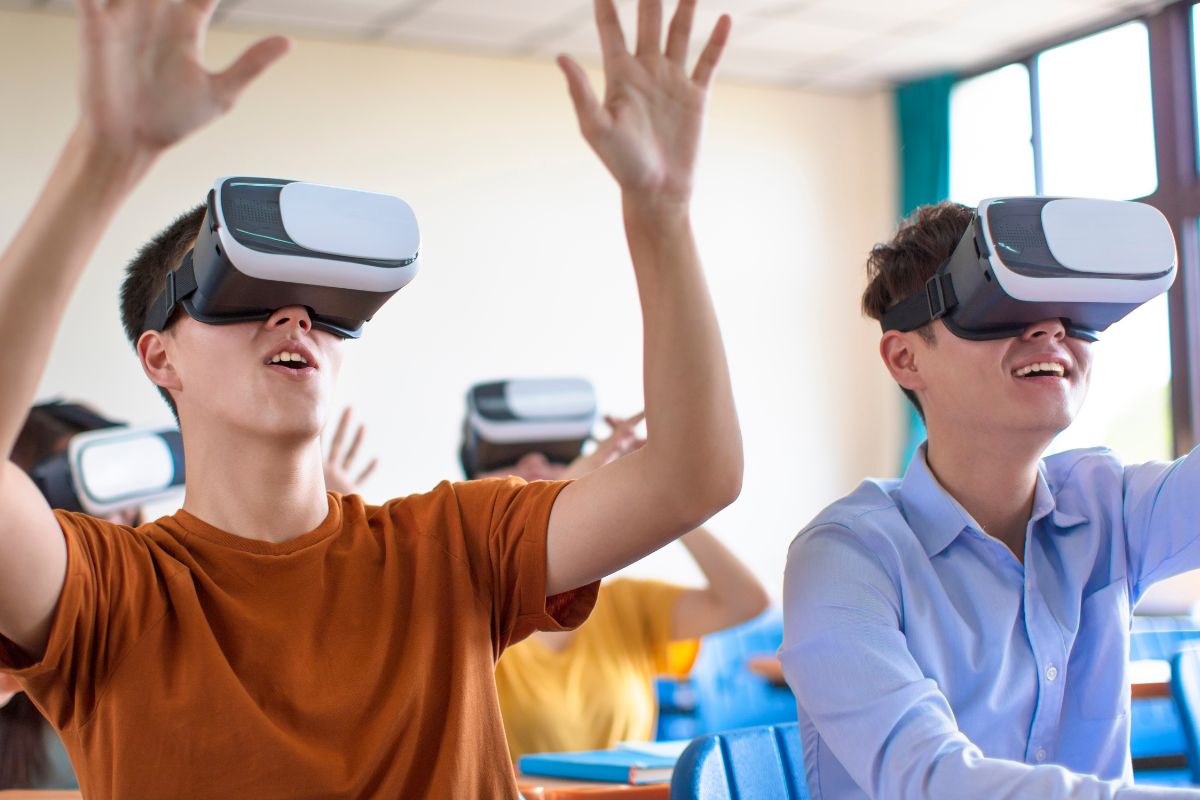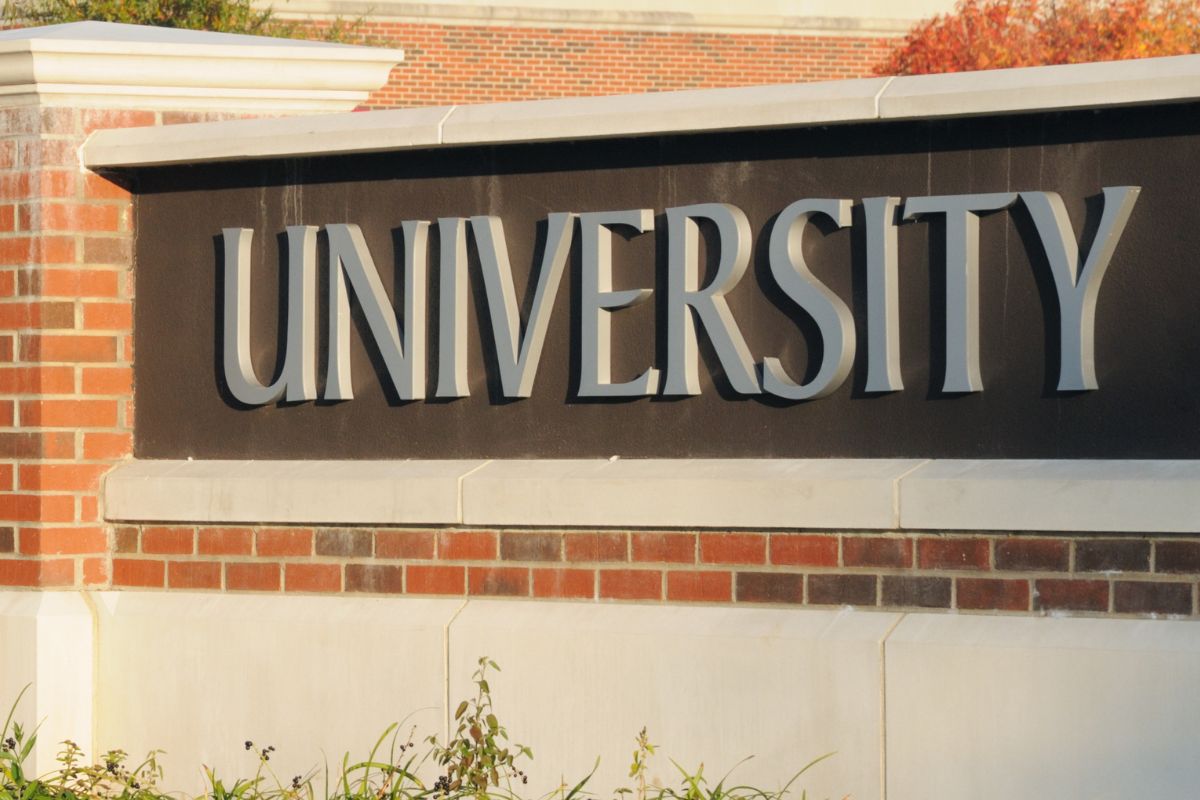A new VR and AR pilot project aims to improve student engagement.
An unprecedented VR and AR campus “Metaversity” pilot project has been launched by St. Ambrose President Amy C Novak EdD in partnership with VictoryXR as part of strategic initiatives to help emphasize a new generation of learning and to bolster student engagement.
The school will be the first in the world to test the launch of a fully augmented reality campus.
According to Novak, St. Ambrose University (SAU), located in Davenport, Iowa, will be the world’s first school to test the launching of a complete AR campus within its physical campus.

“It became clear after conversations with VictoryXR CEO Steven Grubbs that St. Ambrose would be an ideal test site for learning through both virtual reality (VR) and augmented reality (AR),” explained Novak.
Both Grubbs and Novak are invested in understanding what higher education would look like if it began to develop an infrastructure that supported novel ways of learning using AR and VR technologies.
Grubbs added that the augmented reality campus being built on the physical SAU campus will be done in partnership with T-Mobile and Qualcomm.
“Students will use cutting-edge glasses from Lenovo to see a world of learning that is otherwise invisible,” said Grubbs.
The AR campus at SAU will apply augmented and virutal reality tech to help students learn and prepare for the future.
The departments of History, Theology, Philosophy, Biology, Engineering, Nursing, and Business will all be a part of different phases in the exploration of the best methods to apply AR and VR technologies at St. Ambrose.
So far, the Engineering department has already implemented a virtual welding lab to improve competencies. Meanwhile, SAU professor Fr Robert “Bud” Grant has seen firsthand how the use of virtual reality can transport his Environmental Ethics students into an educational lesson that’s incredibly engaging.
Grant created a virtual prairie where students had the opportunity to move with a migrating herd of bison. The students quickly learned to move and “teleport” within the virtual space, with some students even drawing their own 3D images. On the second day of the virtual lesson, Grant said that they went on a virtual field trip to the Loess Hills, where students “flew over the terrain”, studying the topology of the environment and the invasive woodland species.
While the AR campus technology is not a substitute for live classroom instruction, Novak noted that what is being explored is the fundamental questions of how students will learn differently in the years to come and how they can be better equipped for that type of learning.
“The way I describe it to faculty is that it is another tool in the toolbox of high-impact learning
and teaching practices,” Novak said.
Novak believes the use of AR and VR technology will continue to increase and expand. As it does, Novak wants to see how it will make sense for the university to apply these technologies in “learning and preparing students for the workforce.”


